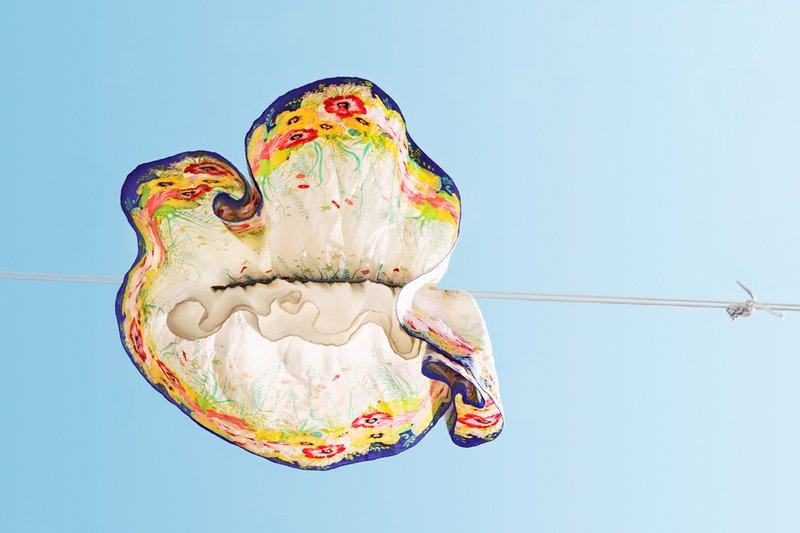Project Description
The Soft Things
For the Oxford American magazine
If you are the type whose eyes get caught on beautiful things, you might find, should you be lucky enough to see inside a freshwater mussel, that your gaze will linger on the smooth, nacreous basins of its upturned shell. Last summer, at the Paul W. Parmalee Malacological Collection that’s housed in the McClung Museum of Natural History & Culture at the University of Tennessee, my eyes landed in the two basins of a bivalve’s shell and I could not quit looking: an iridescent porcelain with a nebula of pink at the curved edges as if opening into another dimension. And then there was the periostracum, the outside of the shell: satiny gold-green and streaked irregularly with rays the color of algae. This was the shell of an Epioblasma brevidens, the endangered Cumberlandian combshell.
Cumberlandian is also the name of the region comprising the Tennessee and Cumberland river watersheds that biologists have recognized as containing the richest freshwater mussel fauna in the world. Floating placidly on a pontoon atop the Fort Loudoun Lake impoundment, almost within sight of the museum in Knoxville, you can point a finger straight down into the opaque depths where once, some eighty feet below, there stretched a broad complex of shoals—banks of cobble, gravel, pebble, and sand with clear water riffling over them. Between the cobble and the gravel and the pebble, mussels buried themselves into the sand by the thousands or tens of thousands, protruding from the riverbed like strange bulbs. Now, more nonliving specimens can be found in the museum than living ones downhill of it in the Tennessee River—a river that you might call a series of deep, silty lakes. The region’s remaining native mussels (ninety-six species) are hanging on, though, tenaciously, in the many tributaries.
